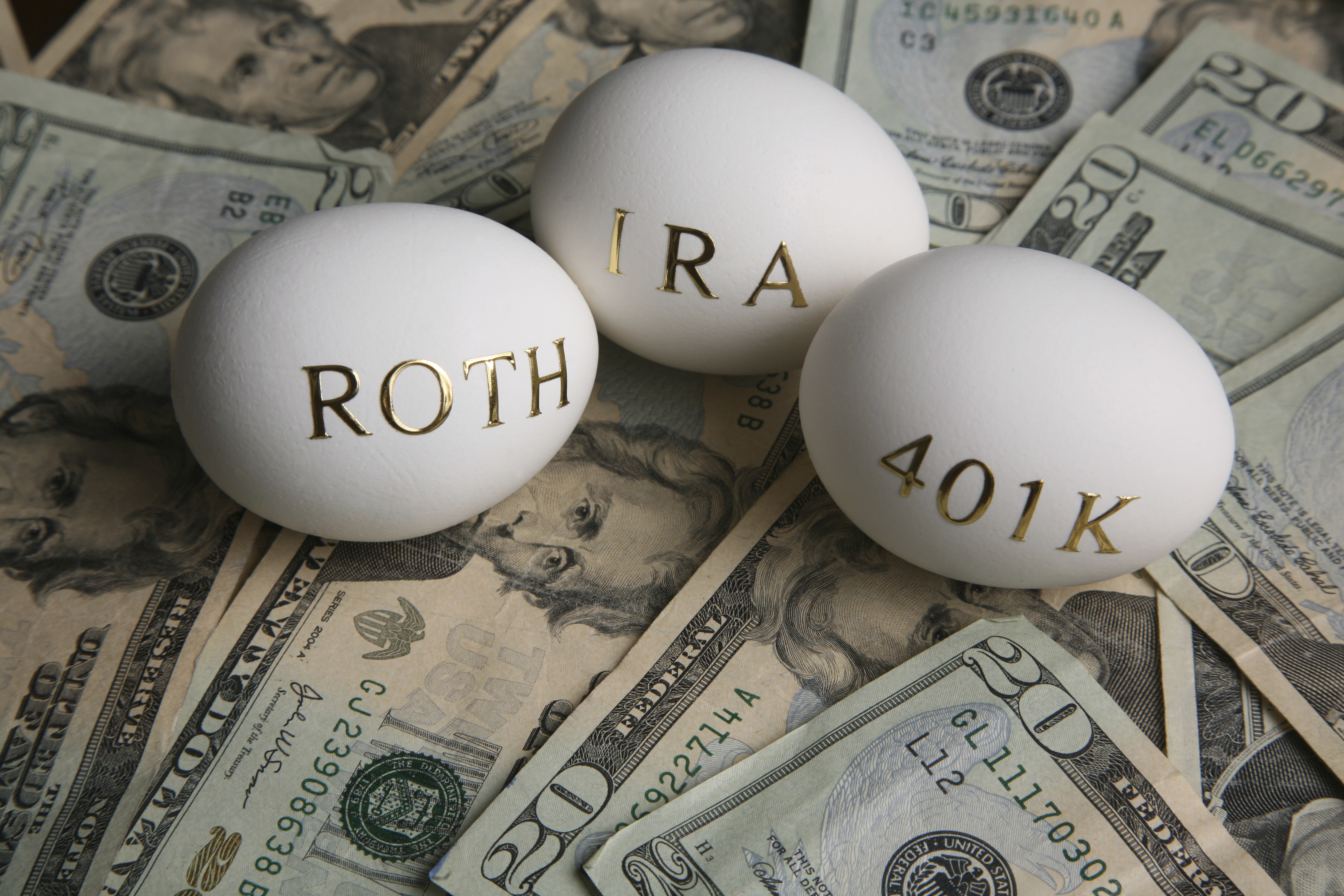Baby Boomers- It’s Time to Spend Your 401(k) and IRA – Pay Taxes or Not
 A generation crosses a magic finish line and finds the IRS waiting. Here are some tips to minimize the bite.
A generation crosses a magic finish line and finds the IRS waiting. Here are some tips to minimize the bite.
At age 70½, the bill comes due on all those tax-deferred savings accounts we’ve been building, and this week the oldest baby boomers will begin to reach that finish line—with many millions more to follow.
Those waves of retirees will be required to start pulling money from their IRAs and 401(k)s. Following an Internal Revenue Service formula, these annual withdrawals can push you into a higher tax bracket, so CPA can put a lot of energy into building strategies to minimize the tax bite.
To be most effective, you need to plan far in advance of the magic age. So anyone with sizeable savings may want to get familiar with how these required minimum distributions work.
1. While you have the option of tapping tax-deferred retirement savings accounts without penalty starting at age 59½, you are required by law to start taking distributions from your IRA, 401(k) and other kinds of tax-deferred accounts a) by April 1 of the year after you turn 70½. From then on, you have to take money out before Dec. 31 every year. b) If you are still working at that age and participating in your employer’s 401(k) plan, you may be able to defer required minimum distributions from that account.
2. The amount you must withdraw is tied to an IRS formula based on life expectancy. For example, you just turned 70½ and have one $600,000 IRA. An IRS sets your distribution period of 27.4 years. Your $600,000 divided by 27.4 equals about $22,000. Whether you want it now or not, that’s what you have to take out.
3. The penalties for noncompliance are steep. If you forget to take a required minimum distribution, or don’t withdraw the full amount, the IRS wants 50 percent of the amount you didn’t withdraw. You can avoid this by having your CPA to calculate your required minimum distributions for you and automatically transfer the money to an account with them or your bank, a service many offer.
4. You can make “qualified charitable distributions” of up to $100,000 a year. That way, required minimum distributions won’t be included in gross income. You have to be careful. The company holding your tax-deferred account must send the money directly to a qualified charity. You need to consult with your tax professionals.




